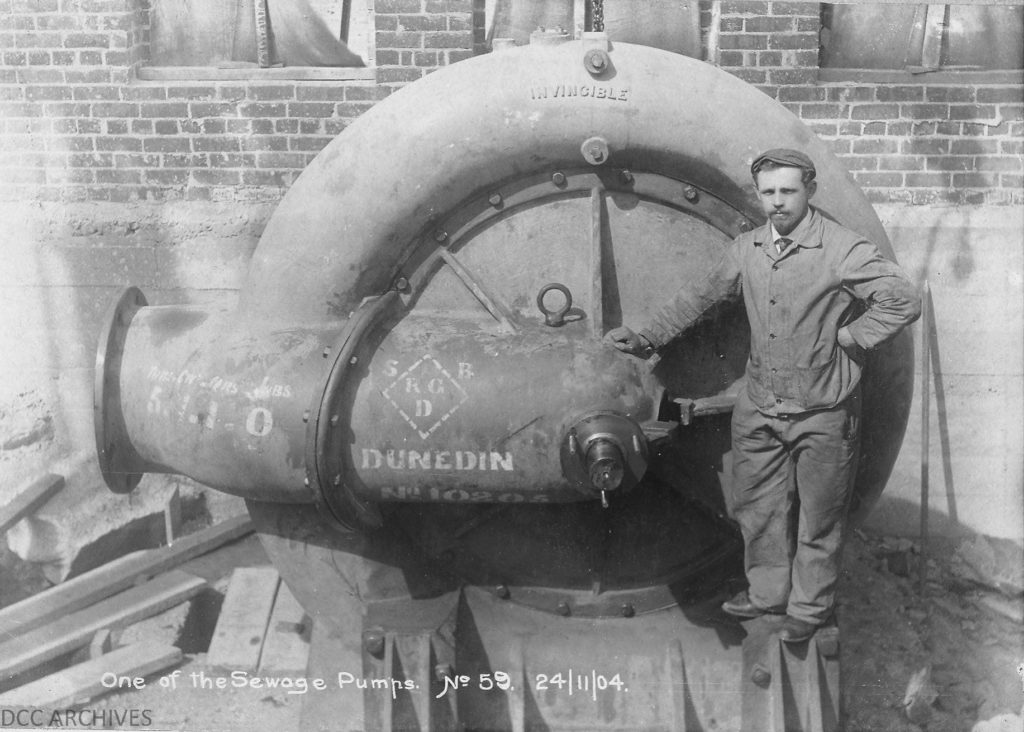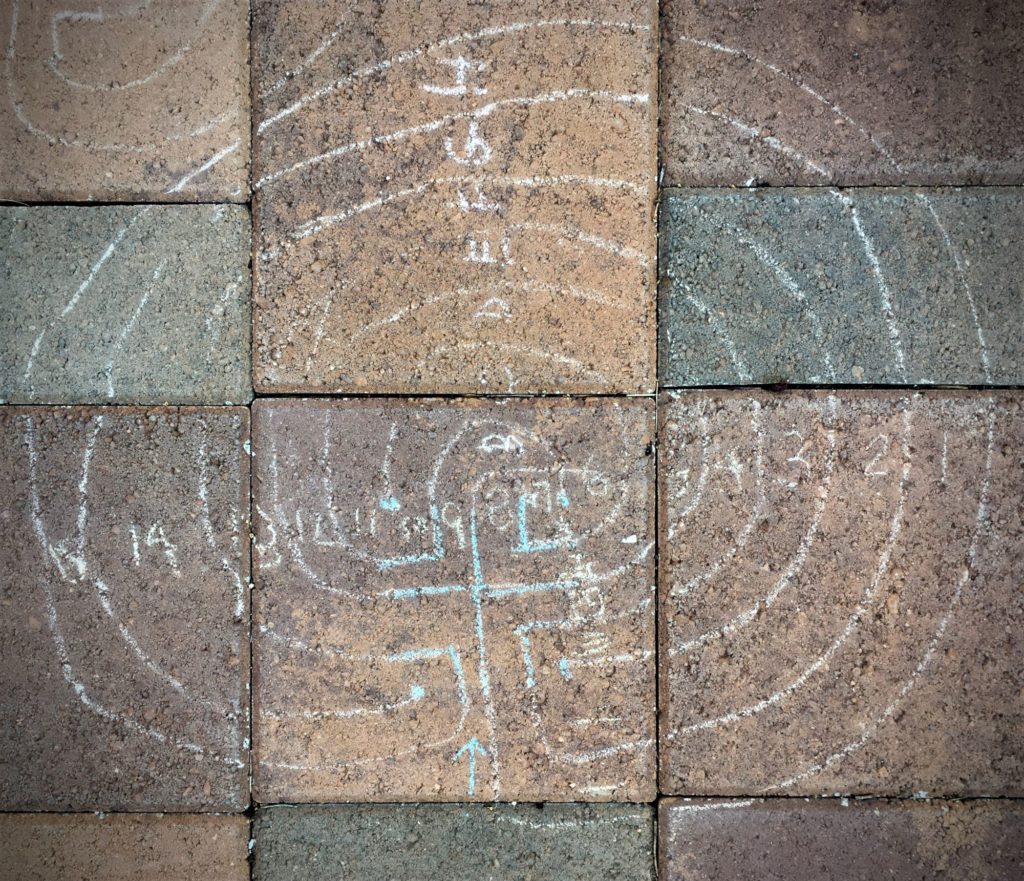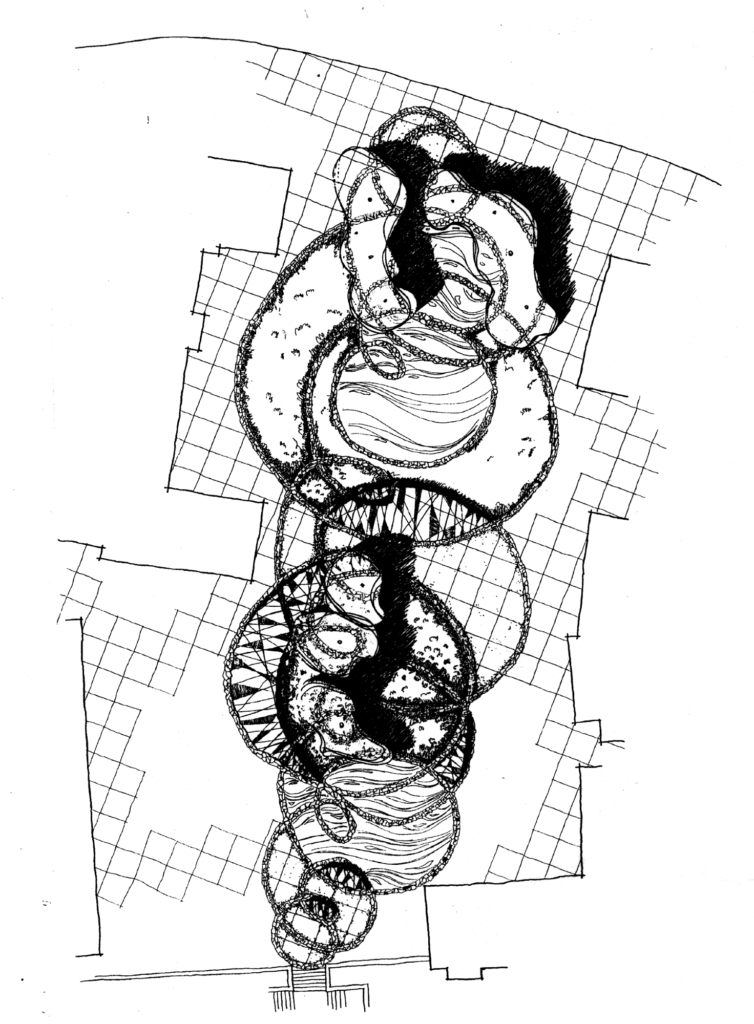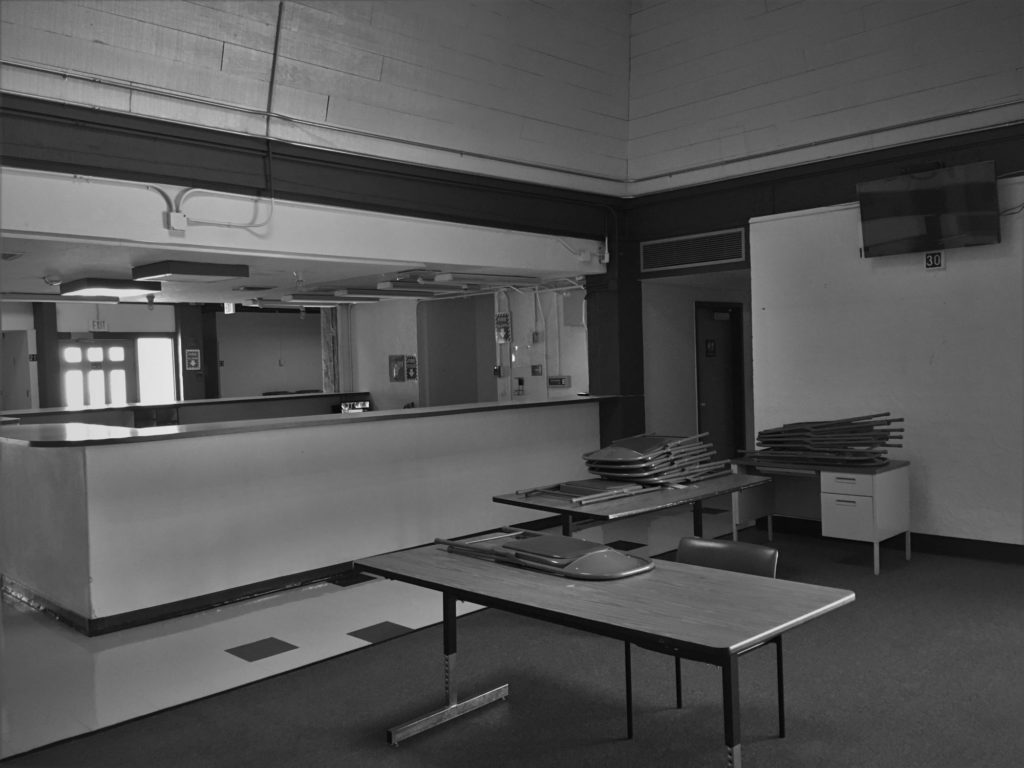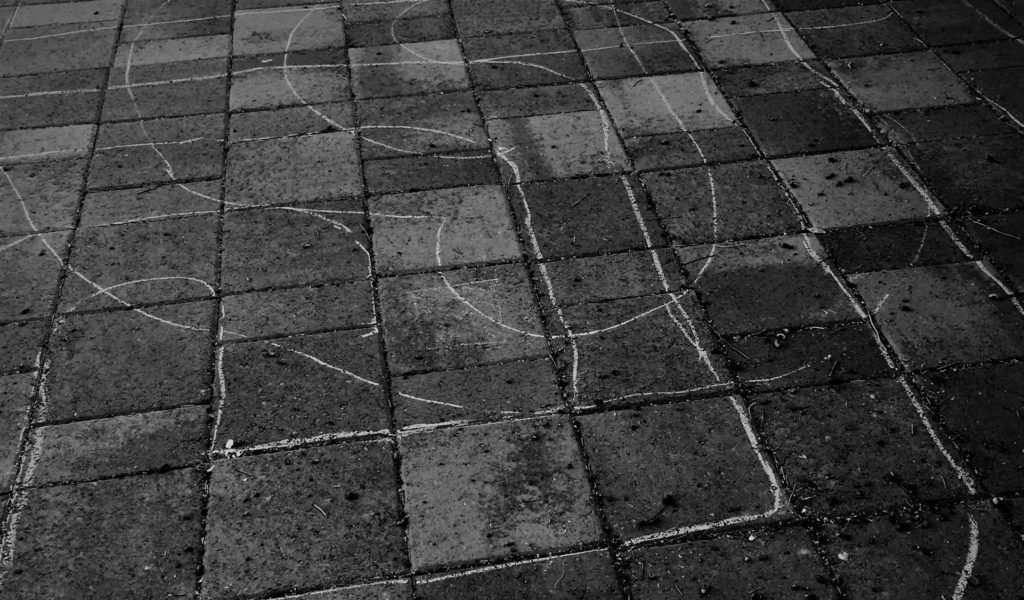A few months ago, I was on a web panel with four architects and an HR professional to discuss the changing relationship between employers and employees.
In preparation, I wrote responses to questions that were sent to us before the event. The conversation turned out to be more collegial than one might assume from the contents of this post. For better or worse, the written word is a sharp instrument.
I feel some trepidation in publishing this post because I’m contradicting statements I’ve heard from past principals I’ve met. However, I believe this alternate viewpoint should be given voice.
Thanks for reading. Please subscribe if you’d like the next letter in your inbox.
Is it management’s job to make the relationship work no matter what?
As business partners, the different parties play separate roles in the organization and have different responsibilites towards each other. That said, the employee is transient compared to management, so the incentives and the stakes will diverge. Management needs to juggle multiple relationships and competing interests within the firm while trying to maintain a harmonious environment. Conversely, an employee only has one job, so they are more dependent upon the whims of management than the firm’s dependency upon any specific employee.
How transactional is the relationship?
How transactional is any business relationship? Someone is hired to do work. They do it. They get paid.
What moderates the raw exchange is the context. A career is an “infinite game”. The definition of “winning” an infinite game is to keep playing. A small victory isn’t worth losing a seat at the table. Reputation and relationships are critical in this tight-knit industry.
Personal pride, firm reputation, employee retention, keeping your job, and company culture are all aspects of the infinite game that breathes life into the day-to-day grind.
How much commitment do staff owe management, and why?
How much commitment does a firm owe its client? Standard of care. As an architect, the life safety of the public is non-negotiable. Everything else should be discussed upfront.
Here is a juicy question. Youtuber CGP Grey worked several side hustles before settling into his current career. He is very open that he did his best work early in the morning before going to work as a teacher before going full time as a content creator. As long as they discharging their duties properly, do employees owe their employer their “holistically best” effort?
My answer is maybe. If architecting is just a job, then the standard of care is fair. If architecture is our profession, then coming to work at less than best is shortchanging ourselves in the long run.
Of course, there are shades of grey. After I had children, I chose to limit myself to a 40-hour workweek. I knew it would affect my market rate and possibilities for promotion, but I discussed it upfront in my job interviews and this request was respected by my employers.
What level of sacrifice should management make to accommodate a staff member’s preferences or weaknesses?
What level of sacrifice is management willing to make to retain that staff member’s services (or maintain an overall culture to support the morale of the wider team)?
Additional thoughts on this unequal relationship.
The employee gives 8 hours out of 24 every day, half of their waking day. That’s a pretty big ratio. Within the company, this employee’s salary is only a small percentage of their budget.
Would a firm look kindly on an employee who repaid two months of 50 hour weeks with eight weeks of 30 hour work weeks?
Between the Dotcom Bust and the Great Recession, we’ve lived through a couple of moments of sudden mass layoffs. Why do employers believe that calls for loyalty still have resonance?
The analogy of the firm as a family is tenuous at best. What do people do with their family members when funds run tight?
Employees aren’t owners. They don’t get a cut of the pie. They have minimal say in how the business is run. (Admittedly, employees also don’t live with sleepless nights worrying about how to make payroll.) Why should they be expected to act like it?
Summary
Management needs to get work done and turn a profit. The employees need to get work done and keep their jobs.
Getting work done is the basis of the relationship, but life is complicated. It takes earnest effort to keep the two parties in alignment.
The employee-employer relationship is best served with a cold understanding of the nature of this business arrangement, tempered by the infinite nature of this game.
~
One Question
Is this perspective on employment too transactional? Is there a better mental framework for these relationships?
Hit reply and let’s chat!
~
Three Links
Jeff Eaker points out the future of the office is outside the office. And we’ve been living it for the past year and a half.
Congrats to the Journey to the West Podcast! Every week, Richard Tseng and James Young discussed the Chinese novel, Journey to the West. 100 chapters and two years later, they’ve completed the project. In the era of dystopic social media, this project is a reminder of the decentralized internet at its best.
Arnaud Marthouret took a stunning, disorienting photo of the central stairs at the Calgary Library, by Snohetta. I hope the building is effective as it is photogenic.
… and a public domain photo.
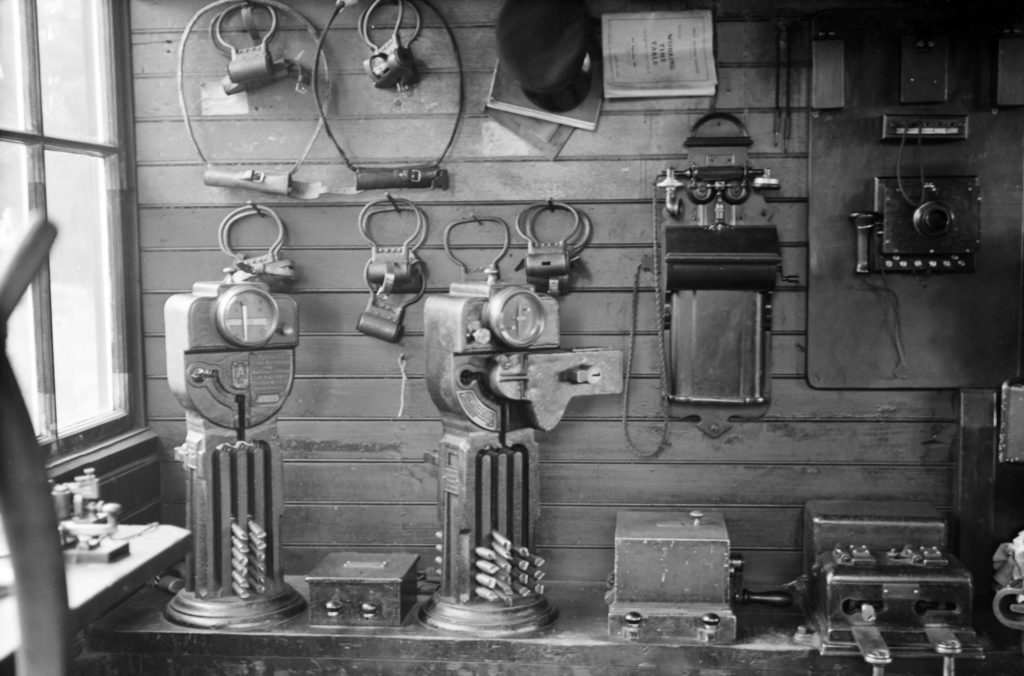
~
Thanks for reading the OPM letter! I’d love to have a conversation if you have any feedback. I hope you found some prompts to stretch your craft and relationships as a curious Owner PM. See you next week!
Stay humble, be kind, and keep experimenting!
Justus Pang, RA
